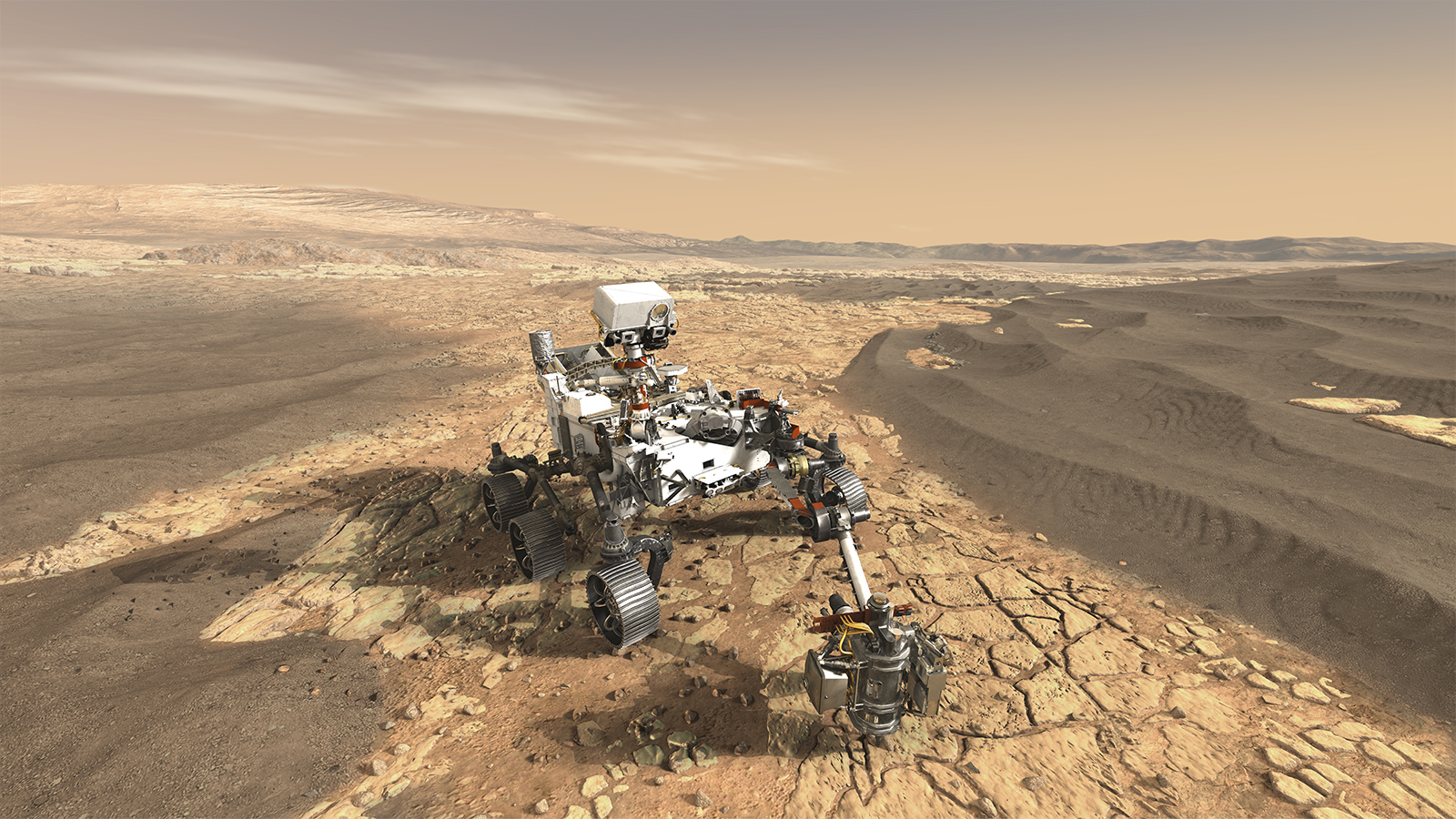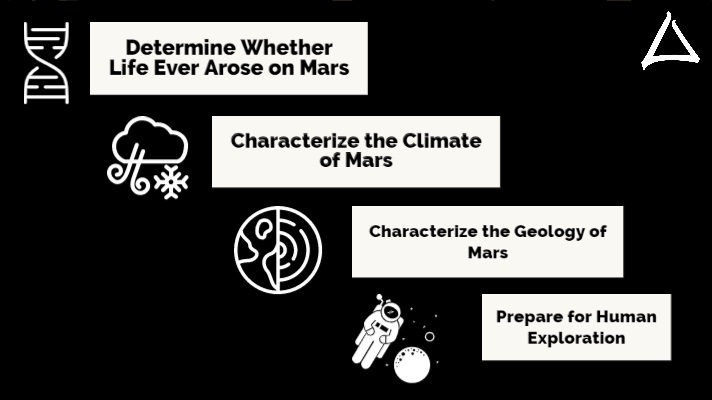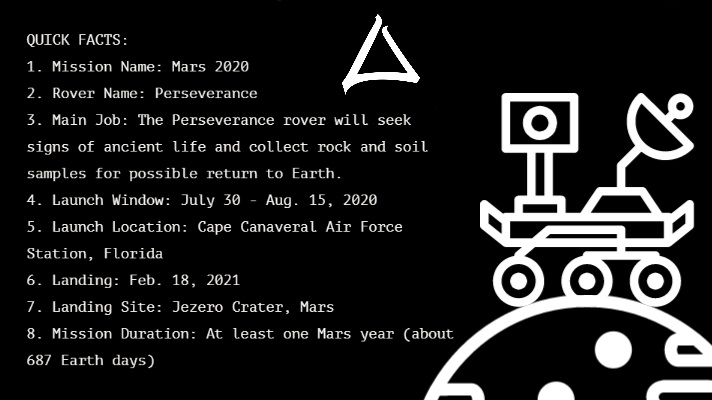Mars 2020 Perseverance Rover
Introduction
The fourth planet that is away from the sun and the second-smallest planet is Mars. It carries the name Roman God of War which is referred to as the ‘Red Planet’. The name ‘Red Planet’ comes from the presence of the iron oxide predominant on the surface of the mars which gives the reddish appearance to it. But why Mars? It’s a target for our exploration because it is close by, in our solar system. The scientific reason to explore mars is the search for life, the planet’s evolution, and for the preparation for human exploration in the future.
This artist’s concept depicts NASA’s Mars 2020 rover exploring Mars… Image Credit: NASA/JPL-Caltech
We are started exploring the mars over the ’90s and many spacecraft like Mars Climate Orbiter, Mars Pathfinder, Phoenix, and more and more. With the great advancement in the technologies, we are now able to gather more and more information about the planet and more. NASA’s Mars Exploration Program is a long-term effort of robotic exploration of the mars. The Mars 2020 mission labels high-priority science goals for Mars exploration includes the astrobiology questions about the habitable life on mars. The Perseverance rover has a drill which collects the samples of the core rocks and soils and put them aside in a “reserve” on the surface of Mars. A future strategic conceivably return these examples to Earth. That would assist researchers with considering the examples in labs with extraordinary room-sized gear that would be too huge to even think about taking to Mars. The mission likewise gives chances to assemble information and show innovations that address the difficulties of future human endeavors to Mars. These incorporate testing a strategy for creating oxygen from the Martian climate, distinguishing different assets, (for example, subsurface water), improving landing strategies, and describing climate, dust, and other potential environmental conditions that could influence future space travelers living and dealing with Mars.
Where we are going to land the rover? It’s one of the most important that we need to answer. Not everywhere we cannot land it, right? After massive research, they found a location called Jezero Crater. Take a look at this video…
Goals of the mission
Mission Events
- Launch: July 30 at 4:50 a.m. PDT (7:50 a.m. EDT)
- Launch Period: July 30 - Aug. 15, 2020


